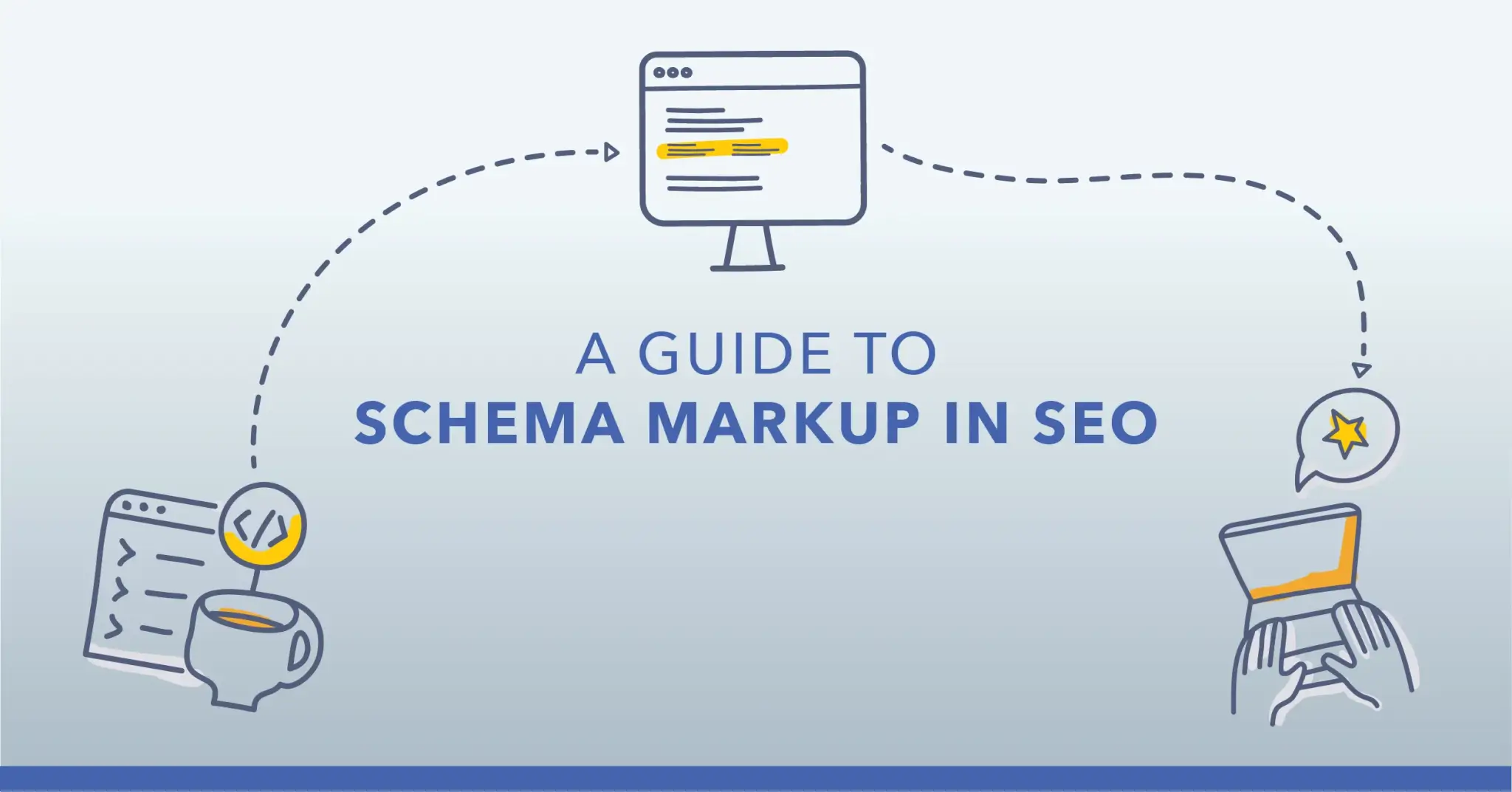Taking your brand’s SEO success global is a complicated business – and it’s about much more than speaking the local language. Understanding your target market from the inside out, staying ahead of your competitors and navigating the complex technical musts can make international SEO seem a daunting task.
Keeping this international SEO checklist in mind can help you to streamline the process and make sure common mistakes don’t undo your hard work. Let our expertise guide your business to overseas success – find out about what international SEO services we offer.
1. Do you have a potential International market?
When looking to expand abroad it can be tempting to try to jump into as many international markets as possible, or to go for what seem like the obvious targets – but it’s well worth taking the time to understand where your product or service has the most potential, and identifying some of the unexpected traffic that might be coming to you from other countries. You can use Google Analytics to find out what these are by viewing data according to specific countries.
What you’re looking to do is assess your international visibility as it stands at the moment, and start creating content to target countries where you’re already generating what might be small amounts of traffic. This can be via locally relevant and well-written (rather than directly translated) website content.
Taking this step can also help you to identify what is driving traffic to your site from other companies (for example a keyword that’s in popular use abroad), and how you can capitalise on these, rather than going into new territories with no idea of what works.
Once you’ve identified your potential target markets, take a look at what your competitors are doing there (if anything) and remember that Google isn’t the most popular search engine in every country, so the same rules don’t apply everywhere.
2. Is your business prepared to trade internationally?
It’s all very well making international customers aware of your product or service, but if you want the Euros or dollars to come rolling in then you’d better be prepared to deliver it where they are.
You should be ready to trade internationally before embarking on an international SEO project – so offering alternative pricing for different currencies, native speakers to handle customer calls and delivery plans for international territories are all crucial – and will all impact your website’s search ranking if they’re missing.
In addition, you must make sure you’re trading within the law in your targeted country and you’re complying with all local regulations such as data protection rules.
3. Have you carefully chosen your site structure?
Your website needs to be optimised for maximum potential visibility in the country that you’re targeting, whether you decide to define alternate versions of pages based on language or region (the reason you might decide on language rather than region is to be able to target users across two or more countries that speak the same language).
There are three ways to do this:
- Country-code top-level domains (ccTLDs) such as example.fr and example.de which are useful for targeting multiple countries at the same time
- Subdomains such as fr.example.com and de.example.com which are still treated as separate sites by Google although tend to be viewed as less trustworthy
- Subdirectories such as example.com/fr and example.com/de which are hosted on the same server and are useful for targeting multiple languages within one country
4. Have you implemented hreflang tags?
Hreflang tags tell Google what language a version of your page is in, and who it should be targeting. Having them in place, and correctly implemented, can not only increase the visibility of your side but reduce bounce rates and increase conversions. Our experts have provided you with an ultimate guide to hreflang tags for international SEO.
This is a critical element of international SEO and an easy area to get wrong due to lots of commonly made mistakes – so having an international SEO agency to assist you with the technical aspects can make a big difference and avoid problems further down the line after you’ve launched in a new territory.
5. Is your page experience tested?
International SEO is not all about differences in language – the same rules apply abroad (especially where Google is the dominant search engine) as they do here. That means you need to consider page experience at every step of the way.
Focus on mobile-first and the Core Web Vitals because UX can be as much of a stumbling block to success in other territories as it can here. This will allow you to stay ahead of future updates to Google’s ranking criteria which increasingly focus on rewarding on-page experience.
6. Have you conducted international keyword research?
In almost all cases, you’ll find that the keywords you can rely on in this country is never the most relevant one for users abroad – even when directly translated. This is why it’s important not only to carry out in-depth, localised keyword research that understands the subtleties of language and culture in the territory you’re targeting – but to make use of native speakers who can tell you if your brand is talking the way that people do.
It can be useful to carry out your keyword research in English first, before using a professional translator to see how your research applies in the target country.
7. Are you targeting your global audience?
There are some specific ways to target your site towards the country you’re interested in, and make it more visible in that territory.
You can use Google Search Console to target your website structure for a particular country if you’re structuring it around subdomains (fr.example.com) or subdirectories (example.com/fr), as opposed to country-code top-level domains (ccTLDs) such as example.fr.
In this case, selecting the country as a geographic target tells Google that you’d like the website to be displayed in Google.fr’s SERPs specifically. You can also use local IP addresses to target the site to your chosen country.
8. Have you started to build relationships to help build local links?
If you’re looking to make a success of your business in an overseas territory, the digital tactics of SEO can only get so far – you have to establish some sort of physical presence there.
Consider whether you can start to attend trade shows and local events to make the business known, as well as building your brand’s profile with local sponsorships and on the social media networks that are popular in that particular country.
Even if you’re not planning to establish a permanent base in the country there are ways to bolster brand awareness on the ground.
9. Have you got a finalised SEO strategy plan?
SEO strategy isn’t just about getting yourself established with users in your targeted territory – it’s a long game that requires continuous planning. You should be constantly looking for new ways to further your website’s standing in SERP rankings in the country you’re targeting.
For example, running a backlink report on your domain to identify any links that can could be going to more territory-specific, and relevant websites, to improve your authority and reputation with local users.
10. Have you set up ways to track your global traffic?
You might notice a significant upsurge in traffic in the months following the implementation of your international SEO strategy – but whether that trend will continue is another question.
You need to be able to track traffic continuously, whether using Google Search Console data or otherwise, to make sure that the technical improvements you’ve made are being reflected in the numbers. If you’re keeping close track, you’ll be able to spot and rectify any issues more quickly – whether it’s a problem with your hreflang tag or the need for more relevant content.
11. Have you created an international content strategy for global roll out?
Creating new, informative and authoritative content should be at the heart of your international SEO strategy. Mastering the nuances of the language, the local culture and the keywords that people search with is one thing – but it’s the quality and relevance of the content on your site that will build your reputation.
Whatever people are asking from your competitors, make sure that you’re delivering it too, but better – and put a long-term content strategy in place to keep making the most of local interest in your targeted territory.
Your international SEO agency
An international SEO strategy is a huge undertaking, and you might find that the technical aspects are enough to keep you busy without having to think about strategy – or maybe it’s the other way round. Wherever the need for extra expertise is, hiring an experienced international SEO agency[1] will ensure that all the boxes on your international SEO checklist are firmly ticked and you develop a deep, mutually beneficial understanding of the overseas customers you’re trying to reach.



































